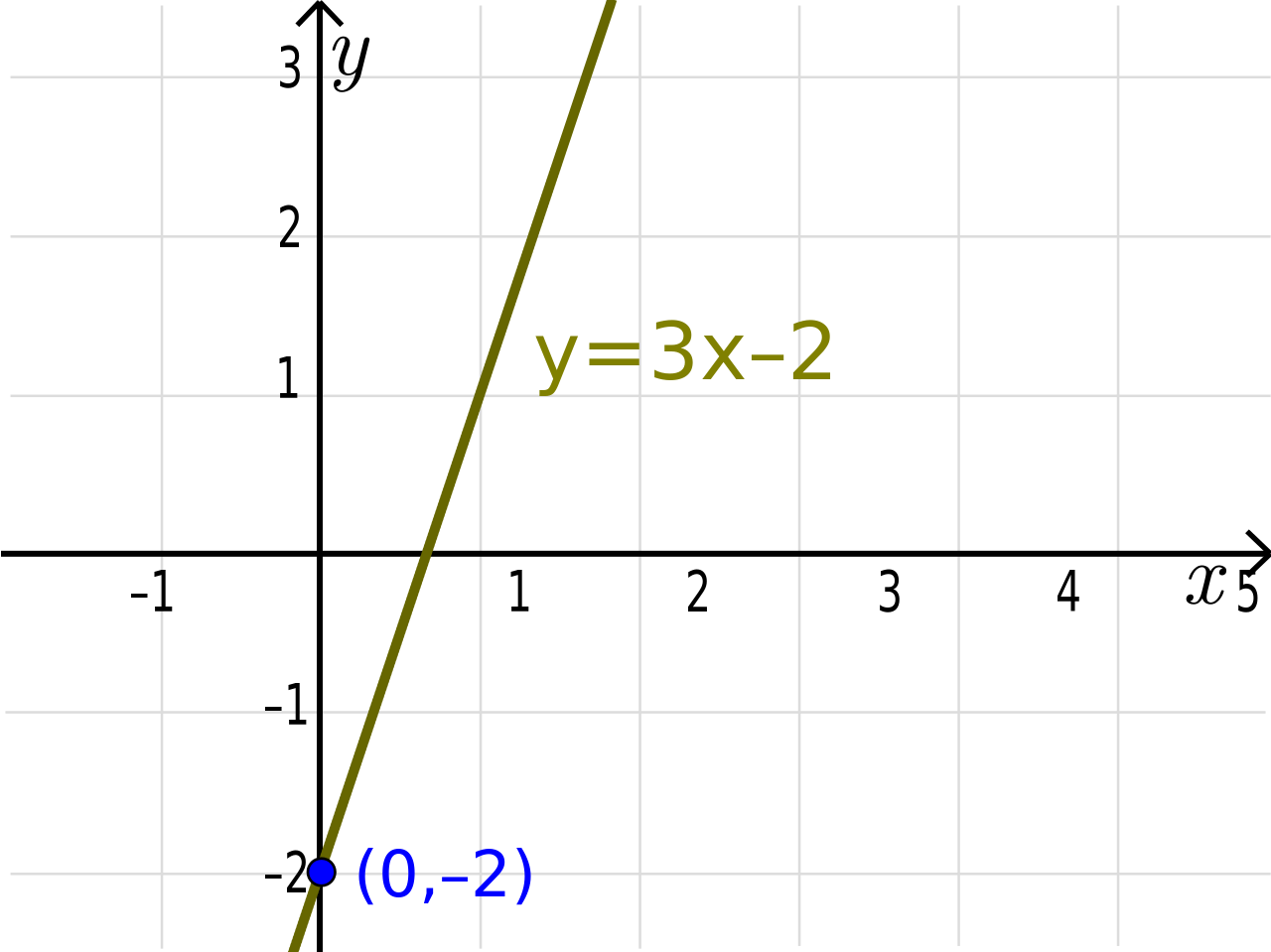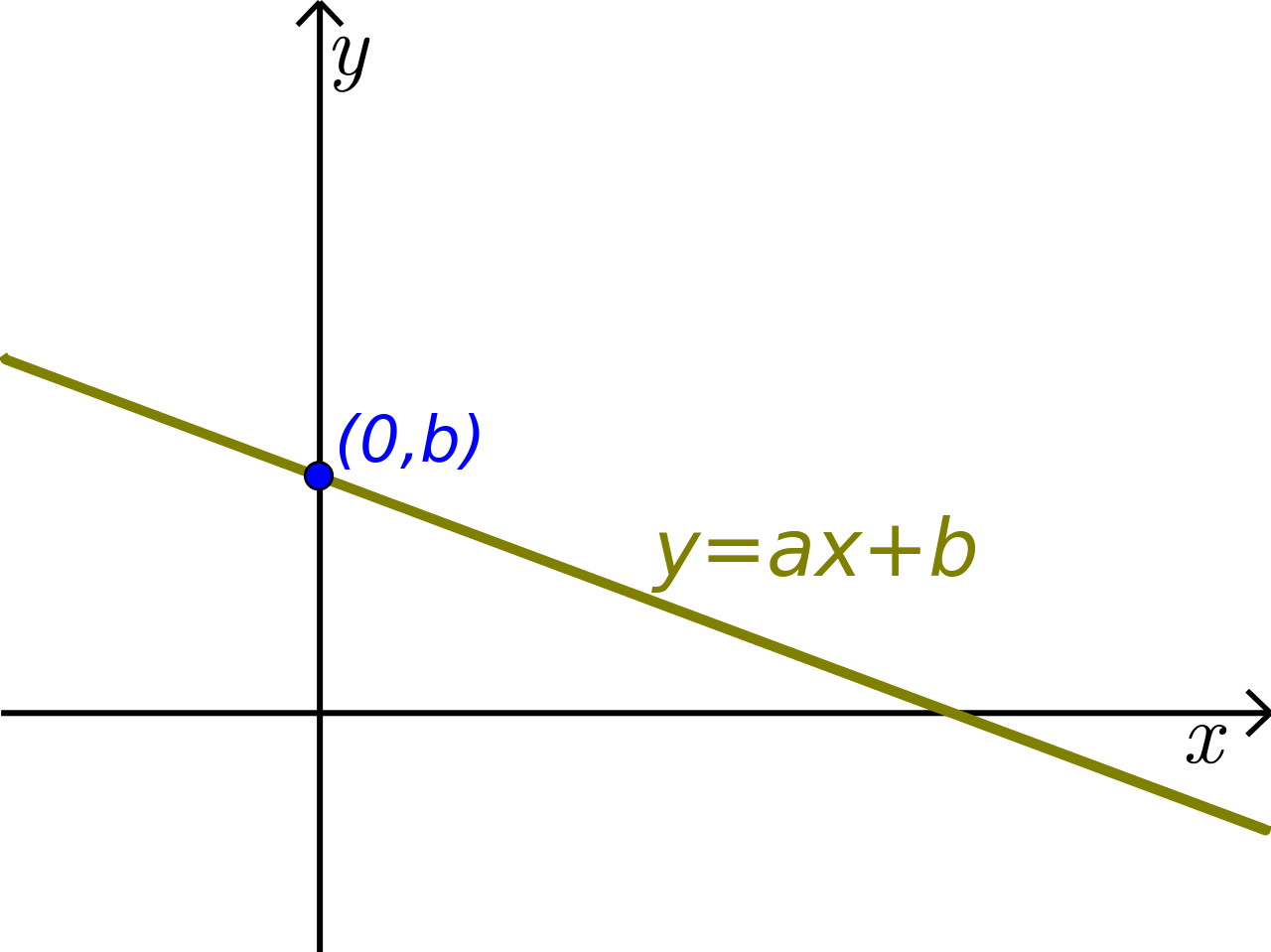Slope Intercept Form Calculator
Result:
Our slope intercept form calculator is a handy tool for finding the equation of a line from any two points that this line passes through. Our calculator shows the coefficients of slope and y-intercept, as well as the x-intercept using the slope intercept formulas
Have you ever wondered how to find the equation of a line? Or how to calculate the point where a line crosses the x-axis or y-axis? These are all questions related to slope point calculation, which is a crucial concept in math and has many real-world applications.
In the sections below, you are going to learn more about slope and slope intercept form.
What is the Slope Intercept Form?
The slope intercept form is a way to represent the equation of a straight line. It has two main parts: the slope and the y-intercept. The slope tells us how steep the line is, while the y-intercept is the point where the line crosses the y-axis.
The slope intercept form looks like this:
y = mx + b
In this equation, 'm' represents the slope, and 'b' represents the y-intercept.

Slope Intercept Formula Derivation
The slope intercept formula is derived from the slope formula, which calculates the slope between any two points on a line. The slope formula is:
m = (y2 - y1) / (x2 - x1)
To get the slope intercept form, we start with the point-slope form of a line:
y - y1 = m(x - x1)
We can rearrange this equation to solve for y:
y = m(x - x1) + y1
If we substitute the value of the slope (m) from the slope formula, we get:
y = [(y2 - y1) / (x2 - x1)] (x - x1) + y1
Now, if we choose the point (x1, y1) to be the y-intercept (0, b), the equation simplifies to:
y = [(y2 - b) / (x2 - 0)] x + b
This is the slope intercept form: y = mx + b
How to Find the Equation of a Line?
There are a few different ways to find the equation of a line using the slope intercept form:
- Given slope and y-intercept:
If you know the slope (m) and y-intercept (b), you can directly plug them into the equationy = mx + b. - Given two points:
If you have two points (x1, y1) and (x2, y2), you can first find the slope using the slope formula:
m = (y2 - y1) / (x2 - x1)
Then, you can substitute the slope and the coordinates of one point into the point-slope form to find the y-intercept (b). - Point-slope form:
If you have one point (x1, y1) and the slope (m), you can use the point-slope form:
y - y1 = m(x - x1)
Find the X-Intercept and Y-Intercept
The x-intercept is the point where the line crosses the x-axis, and the y-intercept is the point where the line crosses the y-axis.
To find the x-intercept, substitute y = 0 into the equation of the line and solve for x.
To find the y-intercept, substitute x = 0 into the equation of the line and solve for y.
Real World Uses of Y-Intercept and X-Intercept
The y-intercept and x-intercept have many real-world applications:
- In business, the y-intercept can represent the initial cost or starting value, while the x-intercept can show the break-even point.
- In physics, the y-intercept can represent the initial position or displacement, while the x-intercept can show the time when an object reaches a certain position.
- In biology, the y-intercept can represent the initial population size, while the x-intercept can show the time when a population goes extinct.
Other Equations with Y-Intercept
While the slope intercept form is specifically for linear equations, other types of equations can also have y-intercepts:
- Quadratic equations:
y = ax^2 + bx + c(the y-intercept is c) - Exponential equations:
y = a(b^x) + c(the y-intercept is c) - Trigonometric equations:
y = a sin(bx) + c(the y-intercept is c)

Equations with No Intercept (Asymptote)
Some equations, like y = 1/x, have no x-intercept or y-intercept. Instead, they have an
asymptote, which is a line that the curve approaches but never touches.
Asymptotes are important in calculus, economics, and other fields where certain values cannot be reached but can be approached infinitely closely.
Intercepts and Linear Equations in Machine Learning and Science
In machine learning and scientific research, linear equations and their intercepts play a crucial role in regression analysis and data modeling.
For example, in linear regression, the y-intercept represents the predicted value of the dependent variable when the independent variable is zero. The slope represents the change in the dependent variable for every unit change in the independent variable.
Understanding intercepts and linear equations helps researchers and data scientists make accurate predictions and uncover relationships between variables.
Other Similar Calculators
Check out other calculators that are similar to this one.
FAQ
Can a line have more than one x-intercept or y-intercept?
No, a line can only have one x-intercept and one y-intercept.
What if the slope is zero?
If the slope is zero, the line is horizontal, and the y-intercept is the same value for all x-values.
Can the y-intercept be negative?
Yes, the y-intercept can be negative, positive, or zero, depending on the equation of the line.
How do I know if an equation has an asymptote?
If the equation has a denominator that can equal zero for certain x-values, it may have a vertical asymptote. If the equation approaches a specific y-value as x goes to positive or negative infinity, it may have a horizontal asymptote.
Find Calculator
Popular Calculators
Other Calculators
